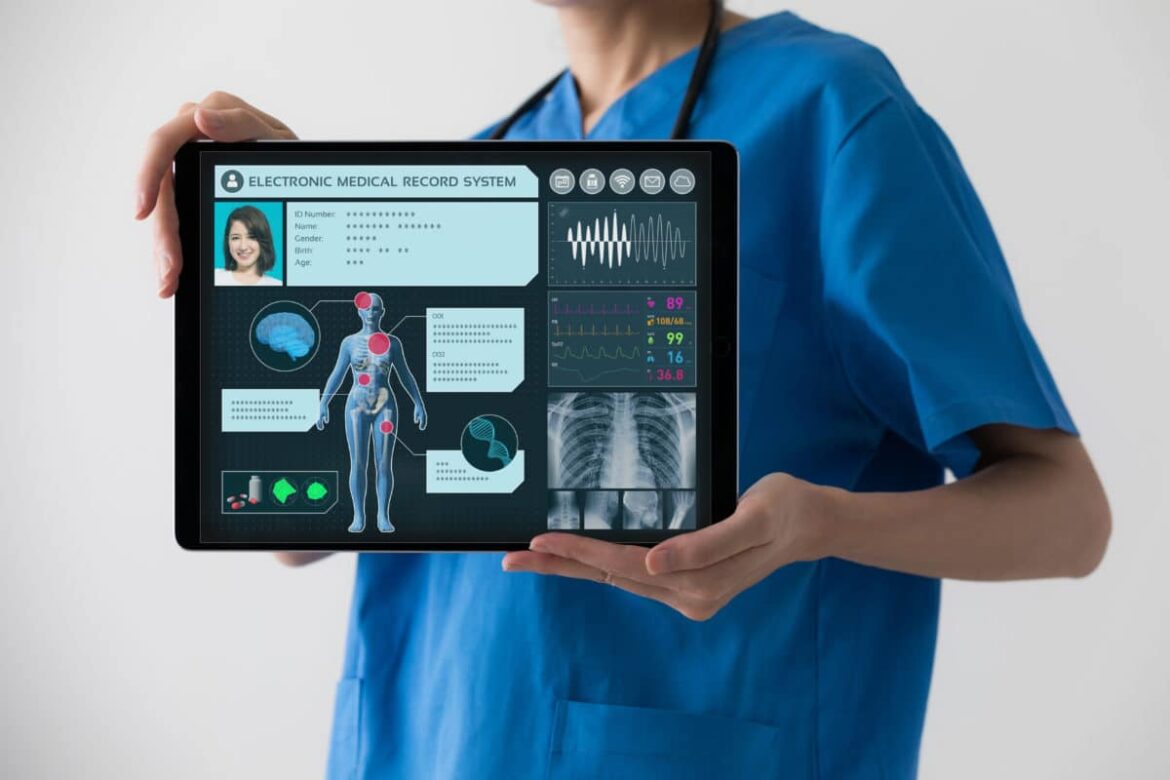954
The electronic patient record should be based on a high standard of data protection. We explain what data is stored there, who can dispose of it and to what extent, and how the security of your sensitive health data is to be ensured.
Data protection in the electronic patient record: What you need to know
The electronic patient record (ePA) is to be introduced automatically for all patients by the end of 2024. But what are the benefits of the paperless record and how secure is it actually?
- The electronic patient record should save you and your doctors a lot of work in obtaining, managing and sharing your medical data.
- Because you can not only store examination results there, but also medication schedules, images of imaging procedures, the vaccination card, the maternity passport, doctor’s letters, the dental bonus booklet or the U-examination booklet of your children and other important medical documents.
- It can contain information about treatment histories, protecting you from burdensome duplicate examinations. It also contains information about drug intolerances or any pre-existing conditions.
How secure is your personal information
Even though the electronic storage of your medical data makes many things easier, the question of data protection remains open for many insured persons.
- Your sensitive medical data is electronically encrypted and secured in your ePA. To set up and manage your electronic health record, your health insurance provider will provide you with an app for your smartphone.
- In this app, you must agree to use the ePA and register. In the following steps, you will need to identify yourself during the initial registration process.
- You can either do this by visiting a branch of your health insurance fund, by using the postal identification procedure or by using an NFC-enabled (Near Field Communication) health card and a PIN, which you must apply for. You can find out about the identification procedure from your respective health insurance fund.
- You, as the patient, can decide what is stored in your file and who can access it.
- You can assign different permissions, so that either only writing can be done, but nothing can be read, or you can release certain data for certain people, for example your specialist, so that he or she has access to certain findings and documents.
